The World Economic Forum has estimated that half of the world’s workers require reskilling, highlighting a vast and growing skills gap in recent years. A new study by McKinsey suggests that the skills gap could be even greater, indicating that a colossal 87% of organisations either already have skills gaps or expect to within a few years. In an acute skills shortage, you want to know which of your candidates have the potential to onboard successfully, learn the required skills quickly and steer your organisation to greater heights. General intelligence tests or aptitude assessments show how quickly someone can adapt to new situations, drive change and add value.
According to a study by Schmidt and Hunter, prior work experience is only predictive of future success at work 16% of the time, compared with personality and behaviour (41%) and aptitude (65%). Assessing aptitude in recruitment allows organisations to gain more accurate and objective insight with which to identify applicants who have the right cognitive capabilities for the role.
Assessing aptitude in recruitment
Thomas’ Aptitude assessment (the GIA) reveals an individual’s ability to reason, detect errors, and process numbers, words and visual information. Naturally, some of these skills are vital in certain job functions, while others may be less essential. Knowing which skills are the most important to the role will help you create a job profile to recruit against, boosting the efficiency and objectivity of your recruitment process.
For example, your Finance Manager should score highly in Number Speed and Accuracy, but this won’t matter so much if you’re hiring a Graphic Designer. A C-level executive should exhibit high Reasoning capacity, as they’ll need to solve new or different problems and draw correct conclusions quickly. But if the job role in question requires high levels of repetitive or methodical work, a lower score would represent someone who is likely to stick at such tasks longer without becoming disengaged.
Is a low score a bad score?
If the environment in which this individual will be working is very stable and such that once trained there is likely to be little need to absorb new information or to acquire new skills, a low score is not likely to be a limitation. There are many jobs where this ability level is desirable as the level of routine and predictability in the job role is such that employing individuals with higher ability level may result in high turnover rates. Equally, if an individual has a great deal of experience in their role and is not likely to come across any novel situations or need to acquire any new knowledge, it is less likely that a low overall score would be a limitation.
Our infographic (below) can be used as a handy reminder of what to think about when interpreting GIA scores. For each of the five areas, guidance is provided on key things to think about when a candidate has a lower score. Higher scores are mapped to role specialisms to help you decide which areas are the most relevant to roles you may be recruiting for, and where there is development potential among your current employees.

Not yet accredited in the GIA?
We have an exclusive customer offer on training which you can find more about here. Alternatively, please speak to your dedicated customer success manager who can talk through your training options.




